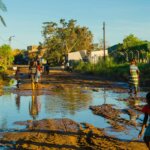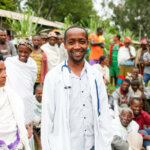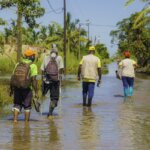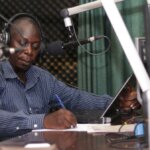- Humanitarian Action
When disaster strikes, there is no time to spare. How to ensure disability inclusion under time pressure? We asked our experts a quick round of questions, challenging them to keep their responses super short.
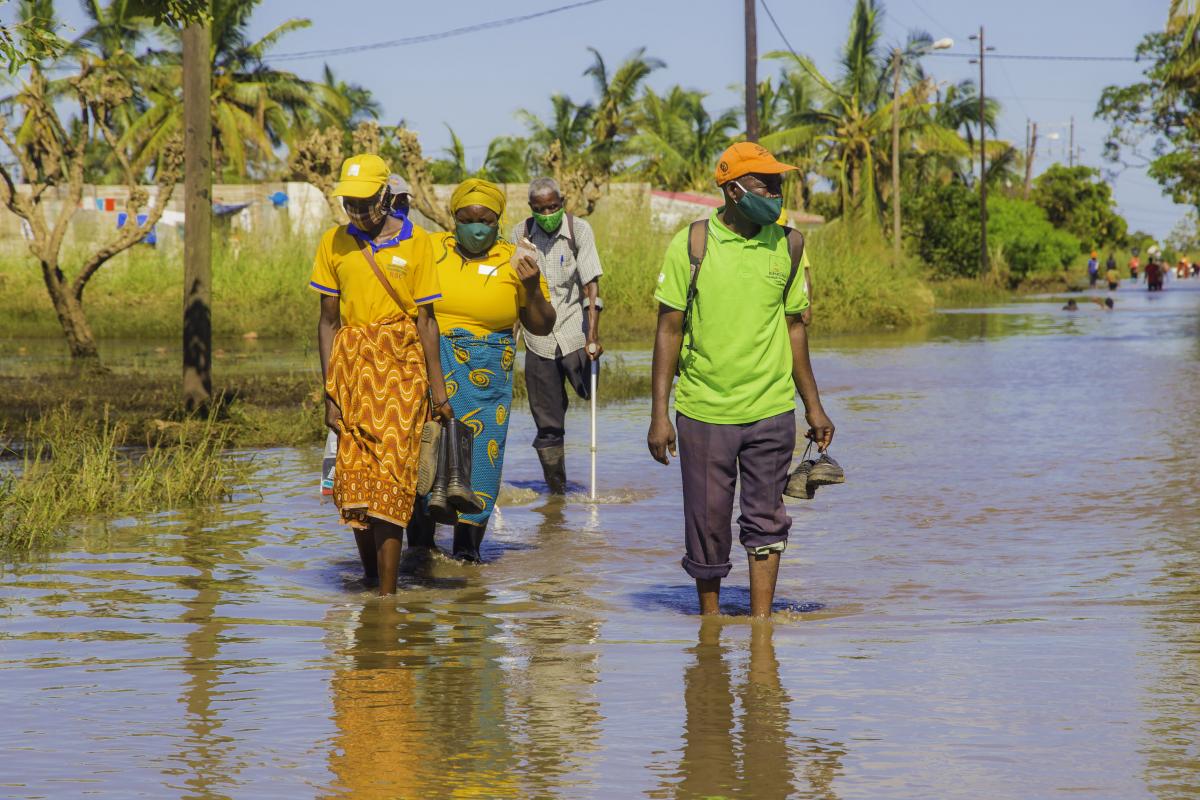
Conflicts, droughts, cyclones, floods, earthquakes, pandemics – they all have one thing in common: they leave no time to spare. Lives are at stake.
Response plans are made under time pressure, communication is fast-paced and succinct. At Light for the World, we use and fight for disability-inclusive responses to emergencies, making sure that no one is left behind in a crisis.
Our experts responded to a quick round of questions, keeping their responses as short as possible. Because often, time is of the essence. Read their tips and share your own!
Q&A on disability inclusion in humanitarian action
Q. Why should humanitarian organisations care about inclusion?
Zacarias Zicai, Light for the World Director Mozambique:
Crises hit children and adults with disabilities hard. They lose their support systems, their environment changes and they have no access to information. Humanitarian actors MUST be aware of this diverse group to live up to their mandate! #LeaveNoOneBehind
Q. What are your first steps to include people with disabilities in an emergency response?
Elie Bagbila, Light for the World Director Burkina Faso:
First: Identification of people with disabilities who need assistance. Then: immediate support. Food distribution, information, shelter, sanitation & medical aid must all be accessible! Preserve their security, intimacy & dignity.
Q. Who are your partners in a crisis?
Sophia Mohammed, Light for the World Director South Sudan:
Crucially: organisations of people with disabilities! Then, of course, humanitarian agencies, government officials, development partners and of course parents of children with disabilities. We always work with others because the need is huge and together, we can do more.
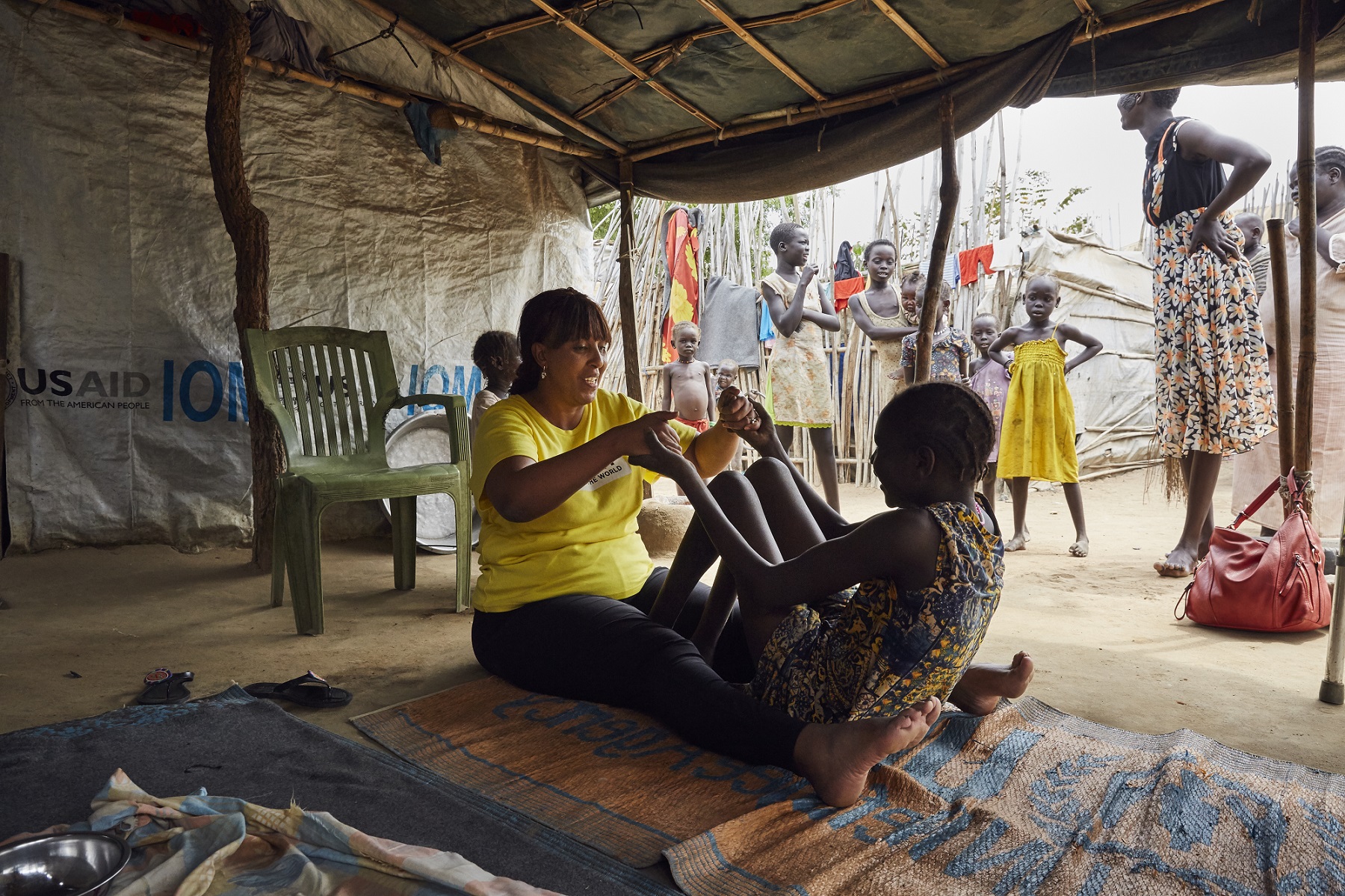
Q. What makes an inclusive emergency response?
Sander Schot, Light for the World Head of Humanitarian Action:
The formula is always the same: The response must be Accessible, offer inclusive Communication, address Attitudes around disability and ensure full Participation of all people with disabilities. ‘ACAP’ for short.
Q. How do you prioritise between competing crises?
Elie Bagbila, Light for the World Director Burkina Faso:
In Burkina, several crises converge: insecurity, terror, internal displacement, food shortage, the COVID crisis. We have to address them all but with singular focus – ensuring that children and adults with disabilities are safe, get health care, education and socio-economic support.
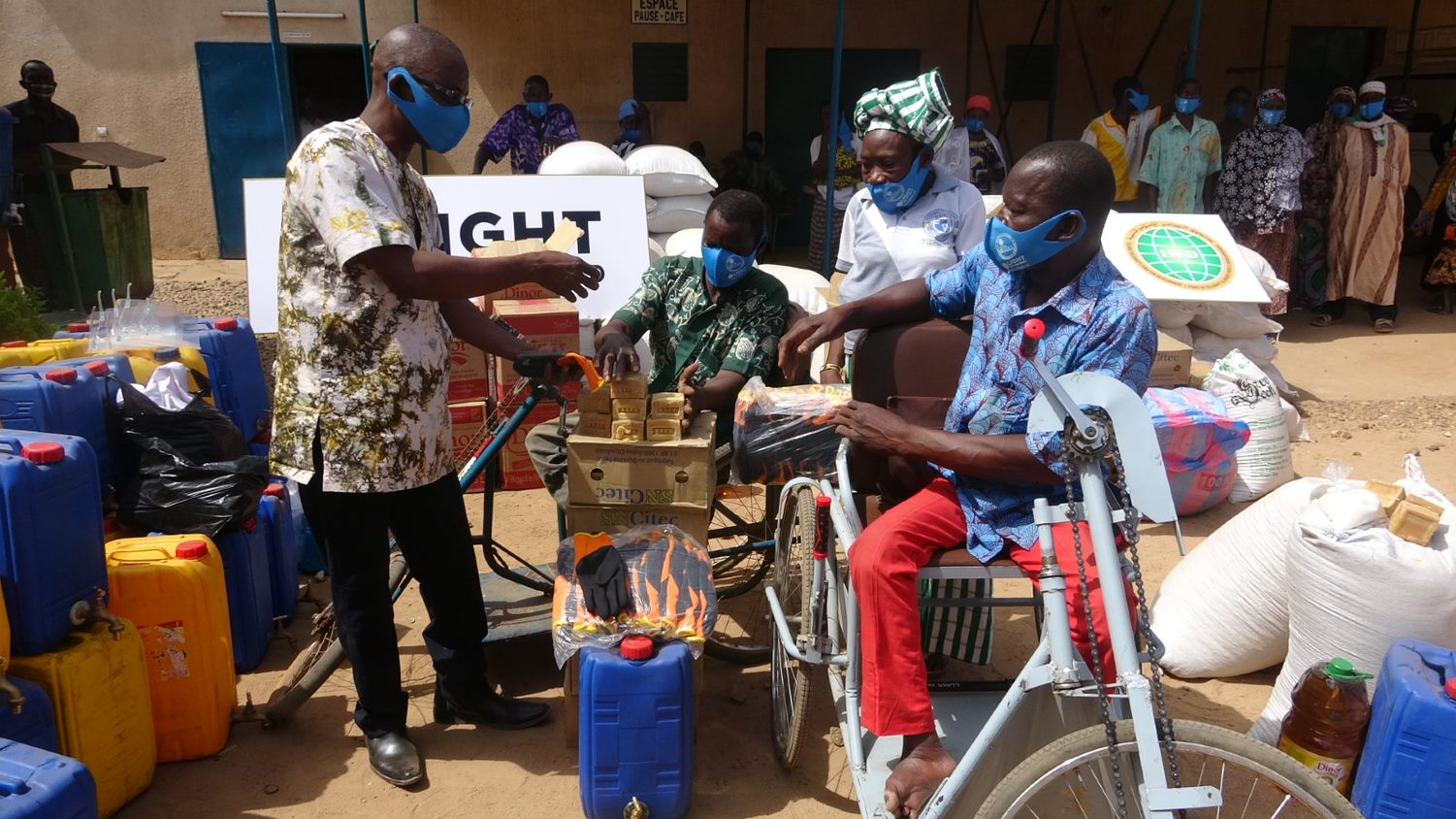
Q. Can you even separate emergencies from day-to-day development?
Sophia Mohammed, Light for the World Director South Sudan:
Not really. Disability inclusion needs to be hardwired into every strategy, programme and budget to make sure that no one is forgotten in a crisis. That’s when people are at their most vulnerable. Inclusion is a requirement.
To learn more about disability-inclusive humanitarian responses, read:
- How to include persons with disabilities in disaster response. A guide based on lessons-learned and good practices from Mozambique.
- Aid out of reach. A review of the access to humanitarian aid after Cyclone Idai.
- IASC Guidelines on the Inclusion of Persons with disabilities in Humanitarian Action.
- Light for the World Issue Brief: Leave no refugee behind. Inclusion and forced migration.
